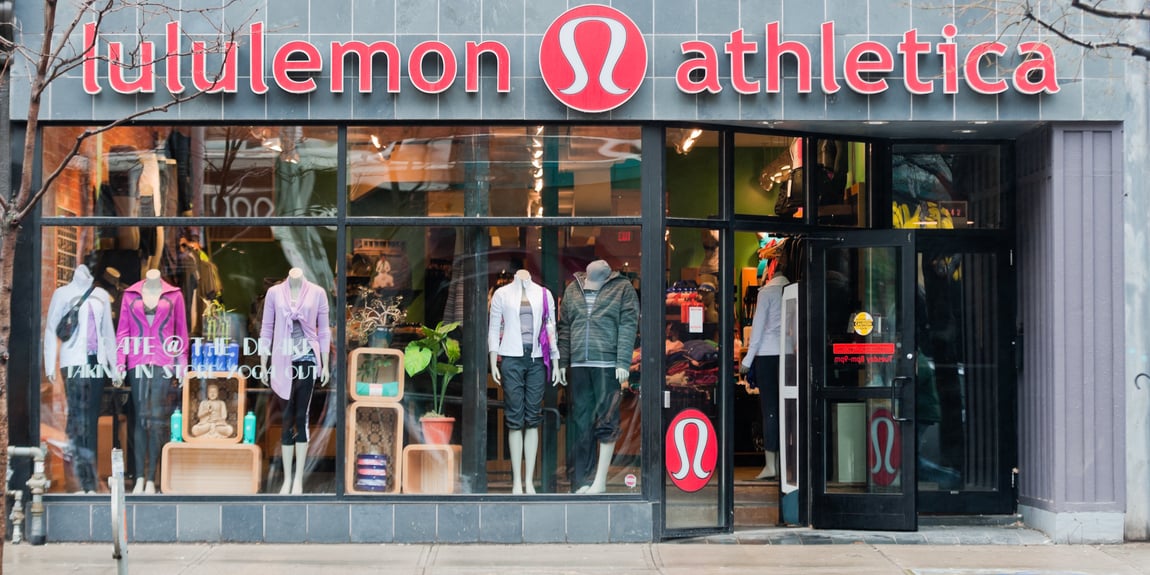Increasingly, ecommerce giants are expanding into physical retail, because they’re learning what retail brands and manufacturers already know: that in-store is where a majority (over 90%) of retail sales still take place.
After strong starts in ecommerce, both Bonobos and Warby Parker opened up shops where consumers could try on their popular products before buying. Amazon has been experimenting with brick and mortar stores, most recently with Amazon Go, its partially automated grocery store, and with the acquisition of Whole Foods. Alibaba also recently announced an investment of more than $850 million in Beijing Easyhome, an operator of physical home furnishing and DIY style stores across China.
This investment news comes after Alibaba has already opened supermarkets under the Hema Xiansheng brand in some of China’s biggest cities last year. For those not familiar, Hema is part grocery store, part fulfillment center, and part meal service, using mobile technology and digitalization to centralize the commerce experience in the physical world, and make it more convenient for consumers.
In fact, here’s an interesting remark made by the CEO of Alibaba that validates the importance of brick and mortar retail:
“Physical stores serve an indispensable role during the consumer journey and should be enhanced through data-driven technology and personalized services in the digital economy,” said Daniel Zhang, CEO, Alibaba Group
These strategic moves are all about enticing the 84% of shoppers who say they want digital experiences to enhance or improve in-store visits. Ecommerce retailers are relying on their instincts to develop these physical retail environments, and as far as execution goes, the early results have been mixed. Their journeys offer important lessons for retail brands and manufacturers of all kinds.
Physical Retail is a Different Animal
Giants like Amazon and Alibaba have built their brands on data analytics; retail intelligence allows them to optimize their product offerings online. They’ll want to replicate this strategy in store, not just to track inventory and merchandising, but also to continually improve the customer experience.
The challenge comes when these businesses enter the physical world with the expectations that they’ll instantly have the same level of analytics and insight in stores as they do online. Not so fast. In-store retail is notoriously opaque, and, unless they move quickly to start implementing analytics into physical stores, these ecommerce players will struggle to translate their data-driven insights-first approach to this new frontier.
Make Shopping Frictionless
In an effort to cut down the hassle of waiting in line at the store checkout, or deal with physical payment, Alibaba’s Hema supermarket chain allows shoppers to scan product barcodes on their mobile phones with an app and make the purchase with an e-wallet. For shoppers that want to make a purchase before coming into the store, Hema also fulfills online orders within half an hour. In this way, Alibaba has brought a few of the main things that shoppers love about ecommerce – convenience and (near) instant gratification – to the physical world, and in an innovative way.
Amazon is attempting to create a similar frictionless shopping experience in Amazon Go stores, cutting the check-outs and wait times by leveraging consumers’ mobile phones. It’s clear that customers, especially the younger grab-and-go generation, value in-store shopping if it’s fast and efficient, and that’s not unique to the grocery market. Consider initiatives like Target’s “Drive Up,” which creates a smooth experience by fulfilling online orders and delivering them right to your car in the Target parking lot.
Beware of Operational Costs and Inefficiencies
Retailers may be tempted to replicate innovative models like Amazon Go, but it’s important to remember that what works for one company and their business model won’t work for everyone.
Hema’s model, for example, has many merits, but of course, there are costs – literally. Alibaba has been challenged to make Hema profitable, given that the stores themselves are massive in size, and they’ve had to hire in droves in order to manage the delivery network and inventory fulfillment side of the store. This is to be expected, of course. In any new market, there will be growing pains.
But, Hema’s challenges should serve as a lesson for retailers to test out new concepts and formats in stages, without biting off too much too fast. Certainly, shoppers will enjoy having the freedom to skip checkout lines and place orders for pick-up minutes before they arrive. But they won’t love arriving at a store if their order isn’t ready on time, or running into technical glitches if the technology isn’t yet ready for scale.
As companies like Alibaba and Amazon move deeper into physical retail, retailers need to recognize what this means about the industry and today’s consumers, and rethink store formats and processes accordingly.



